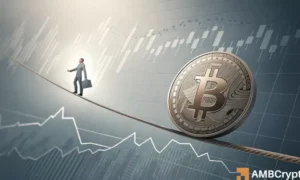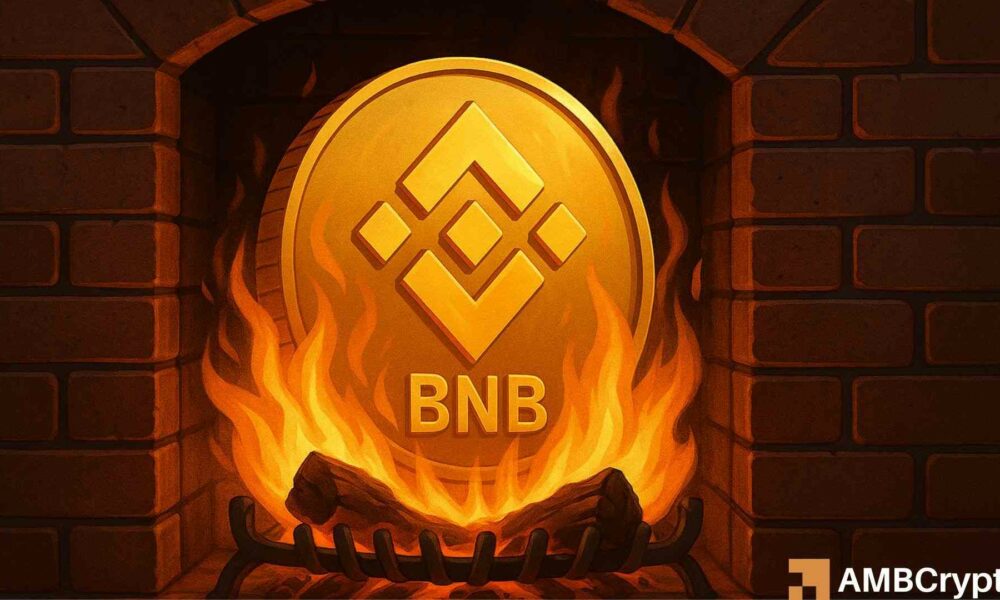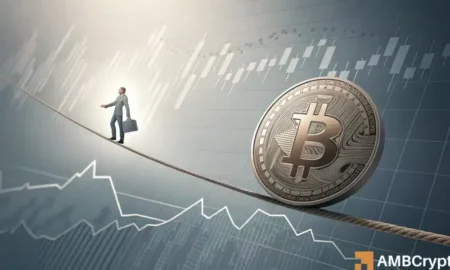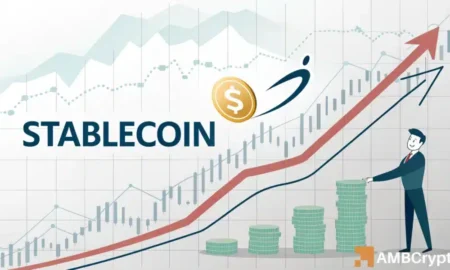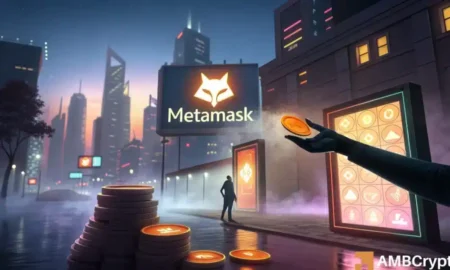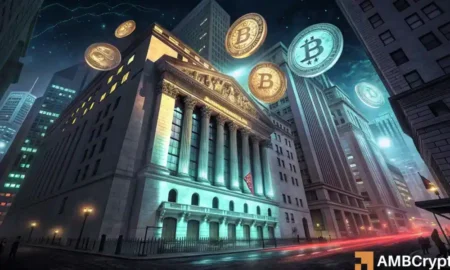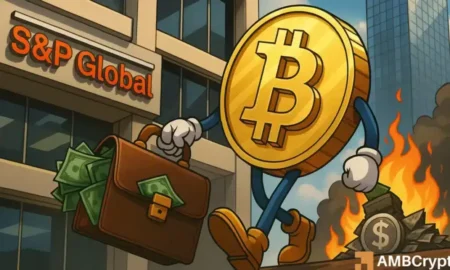BNB Tokens and Their Long-Term Value: An In-Depth Analysis
Background of BNB’s Deflationary Burn Program
The Binance Coin (BNB) has undergone a significant transformation since the launch of its quarterly deflationary burn program in 2017. To date, an impressive 64.26 million BNB tokens have been burned, equating to over $1.65 billion. This strategic move is aimed at reducing supply and enhancing the token’s value in the long run, with only 137.7 million BNB remaining in circulation. At the current burn rate of approximately 4 million BNB per year, projections indicate that the total supply could dip below the 100 million mark within a decade. This continued reduction in supply amid increasing demand highlights the fundamental mechanics driving BNB’s long-term attractiveness as a cryptocurrency investment.
Impact of Network Growth on BNB’s Value
As the BNB Chain expands its ecosystem, the interconnection between increased network activity and the burn program becomes more evident. New partnerships, like the onboarding of nations such as Kyrgyzstan, contribute to higher transactional activities, directly correlating with the amount of fees generated. These fees, in turn, contribute to the burn rate of BNB tokens. Analysts and Binance founder CZ have emphasized the importance of community engagement and strategic partnerships as vital components for driving demand. The growing use of BNB across different sectors could significantly accelerate the deflationary effects of the token, potentially enhancing its market value over time.
Technical Indicators and Market Sentiment
Despite facing challenges, BNB has demonstrated resilience, holding its ground above the key psychological level of $1,000. After facing rejection near its recent high of $1,400, $1,500 has emerged as the next possible bullish target. Current technical indicators portray a bullish sentiment, with the daily Relative Strength Index (RSI) remaining above average. Furthermore, the On-Balance Volume (OBV) has yet to breach critical trendline support for 2025, suggesting ongoing positive momentum. The technical landscape suggests that BNB is finely poised between macroeconomic factors and its market behavior, which could lead to further price appreciation.
On-Chain Analysis Confirms Positive Trends
On-chain data serves as a critical indicator for understanding market dynamics. Recent Arkham data highlighted a negative overall on-chain exchange flow for October, indicating that BNB holders are favoring self-custody over trading on exchanges. This shift is underscored by average exchange outflows of around 179,000 BNB tokens, reflecting a general trend of long-term holding rather than selling, which supports the bullish outlook for BNB. The accumulation of tokens in such a manner underscores strong market confidence in the token’s future potential.
Long-Term Investment vs. Short-Term Trading Strategies
For investors looking at BNB as a long-term hold, the amalgamation of its deflationary mechanisms, increasing network utility, and favorable on-chain data presents a compelling case for sustained investment. While investors may have confidence in BNB, traders need to remain vigilant about short-term volatility, driven by macroeconomic conditions or negative news updates. Such factors could trigger price fluctuations that, while potentially temporary, necessitate quicker actions on the part of traders. Simultaneously, the underlying positive trends suggest that maintaining a long-term perspective may yield favorable returns.
Conclusion: BNB’s Future Outlook
In conclusion, the trajectory for BNB appears promising as it navigates through its ongoing deflationary program, enhanced network activity, and positive market indicators. With the potential for supply constraints and increasing adoption, BNB’s value could see significant uplift in the coming years. As the cryptocurrency landscape continues to evolve, traders and investors alike will need to balance their strategies between recognizing the underlying strengths of BNB and responding to short-term market movements to maximize their financial opportunities.
